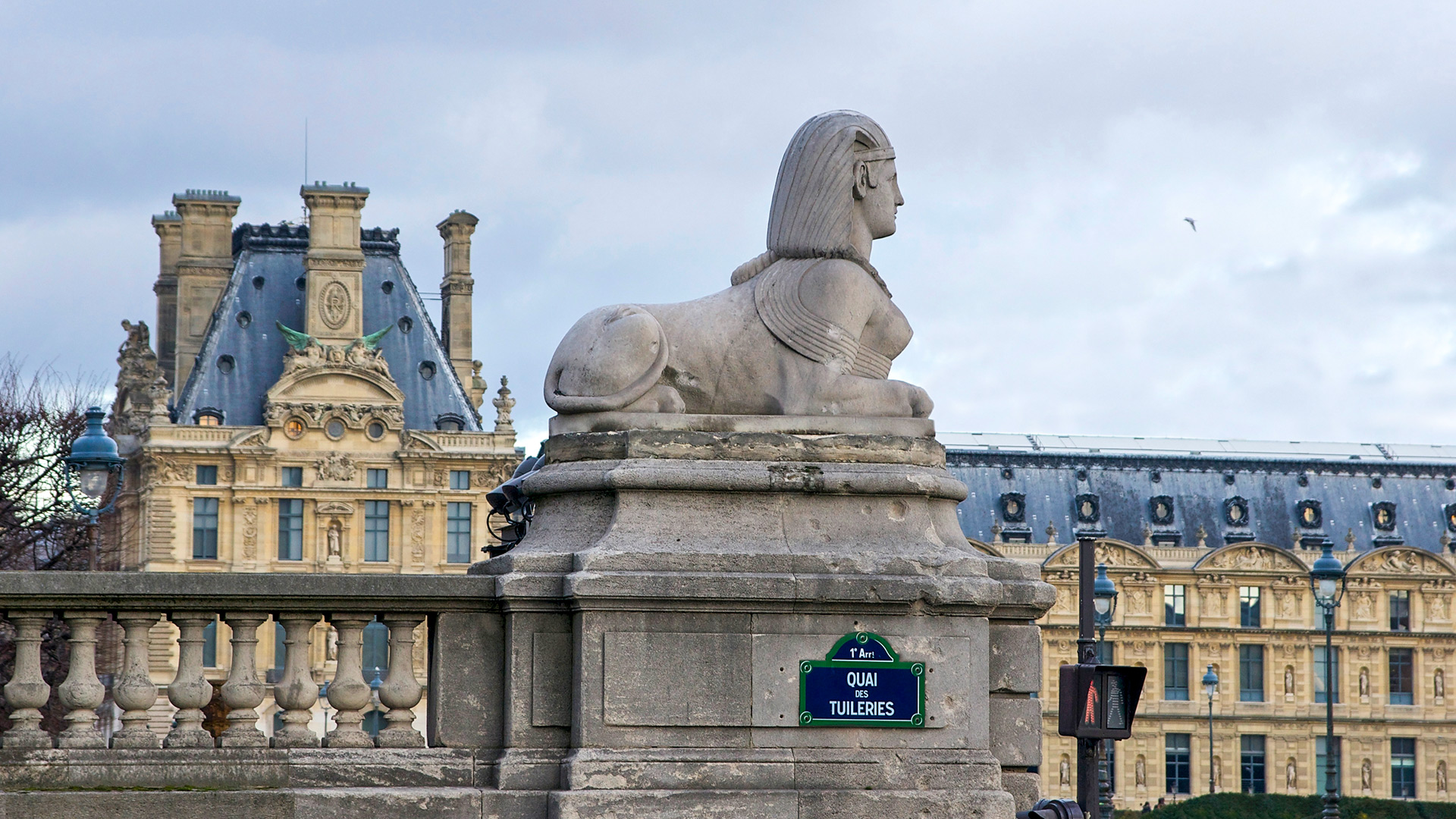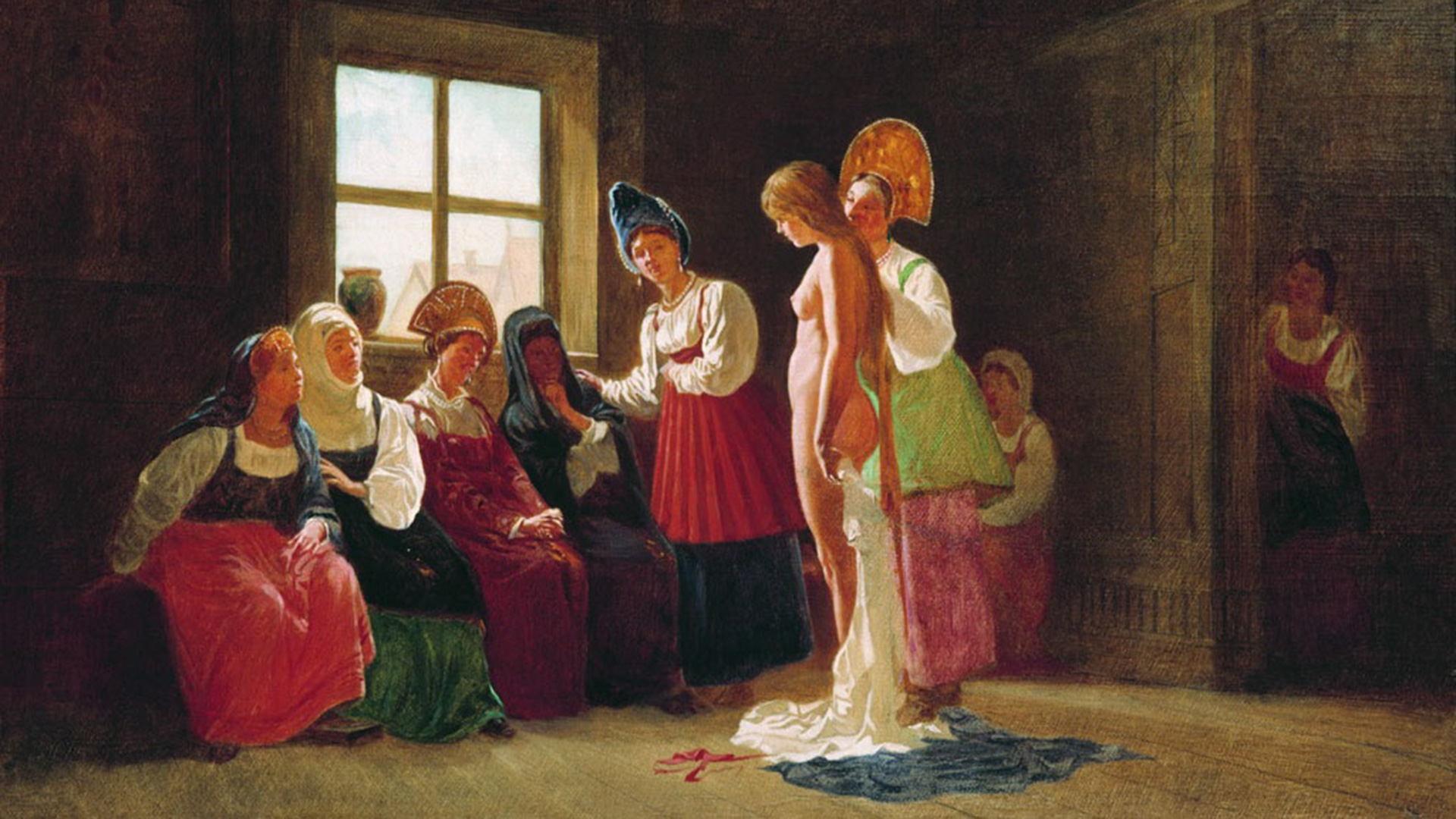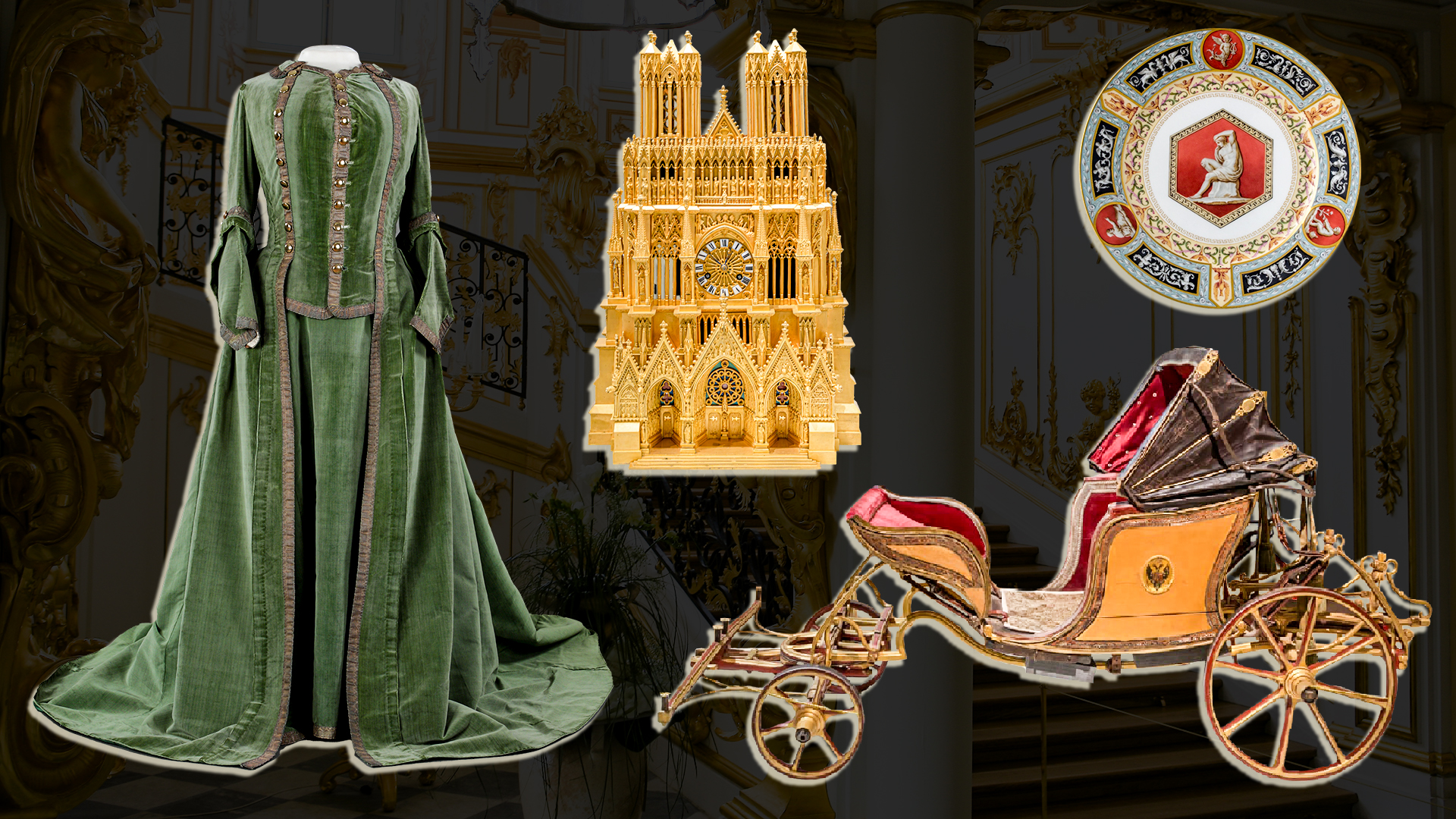
How did WHALES end up on 18th century Russian icons?

The Old Testament has a colorful description of how the prophet Jonah disobeyed God and went on a voyage to the wrong place. Because of Jonah's selfishness, a terrible storm breaks out. To save the other sailors, he orders that they throw him into the sea. And, in the sea, the giant whale swallows Jonah. The prophet spends three whole days in the mouth of the huge animal, without losing hope or faith. Eventually, he comes out unharmed and ends up exactly where God had sent him.
In the New Testament times, the story of Jonah was also popular, because it was perceived as a prophecy of how Christ resurrected on the third day after his death.
Such an exotic story was extremely rare in Russian Orthodox iconography (in contrast to Western art).
Sometimes, images of whales (or rather some fish) do occur, for example, in icons depicting the life of Jonah.
 Stroganoff School. Acts of the Prophet Jonah. The first quarter of the 17th century
Stroganoff School. Acts of the Prophet Jonah. The first quarter of the 17th century
However, there are rare icons focused exactly on the plot of Jonah's miraculous “eruption” from the monster's mouth. One such icon of the 18th century is housed in Tobolsk's Museum of the History of Orthodoxy in Siberia.
 Unknown author. Jonah in the Belly of the Whale. The 18th century
Unknown author. Jonah in the Belly of the Whale. The 18th century
And another icon of the same time, but presumably from Central Russia, is kept in a private collection.
 Unknown author. The miraculous emergence of the prophet Jonah from the mouth of the whale. The 18th century
Unknown author. The miraculous emergence of the prophet Jonah from the mouth of the whale. The 18th century
In both cases, the author is unknown, but, curiously, the whales are depicted very similarly and look more like catfish or some fantasy monster fish.













